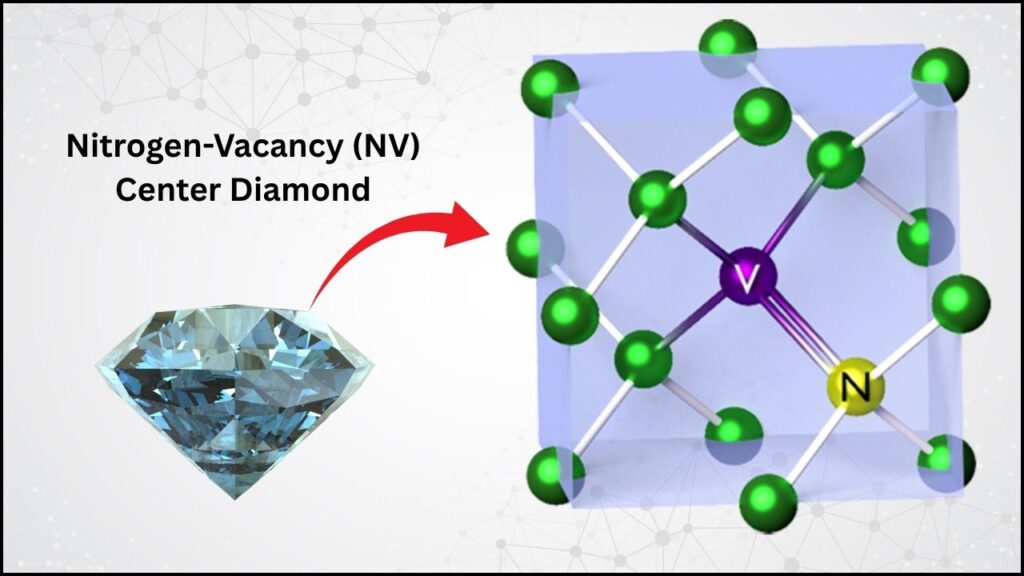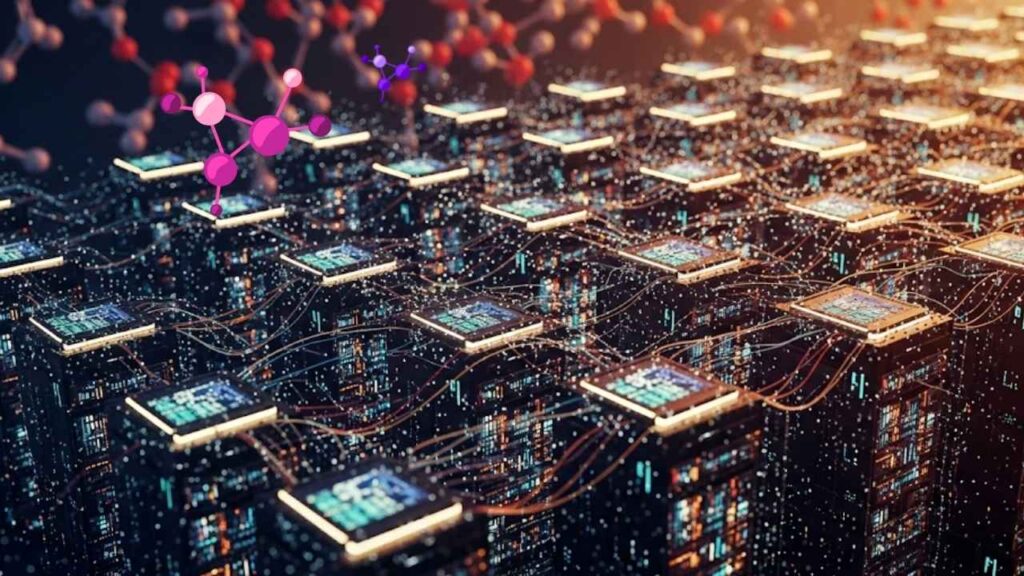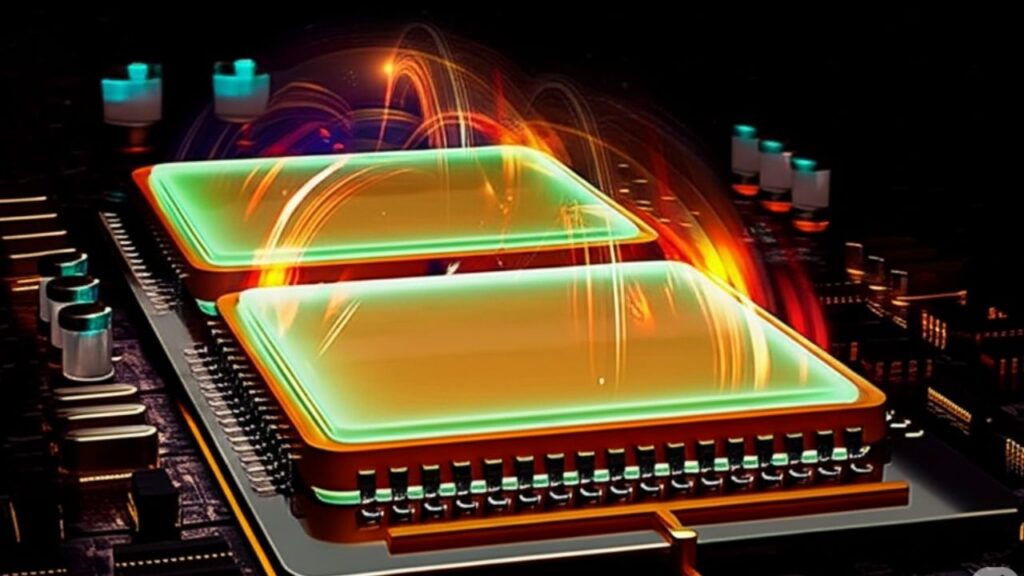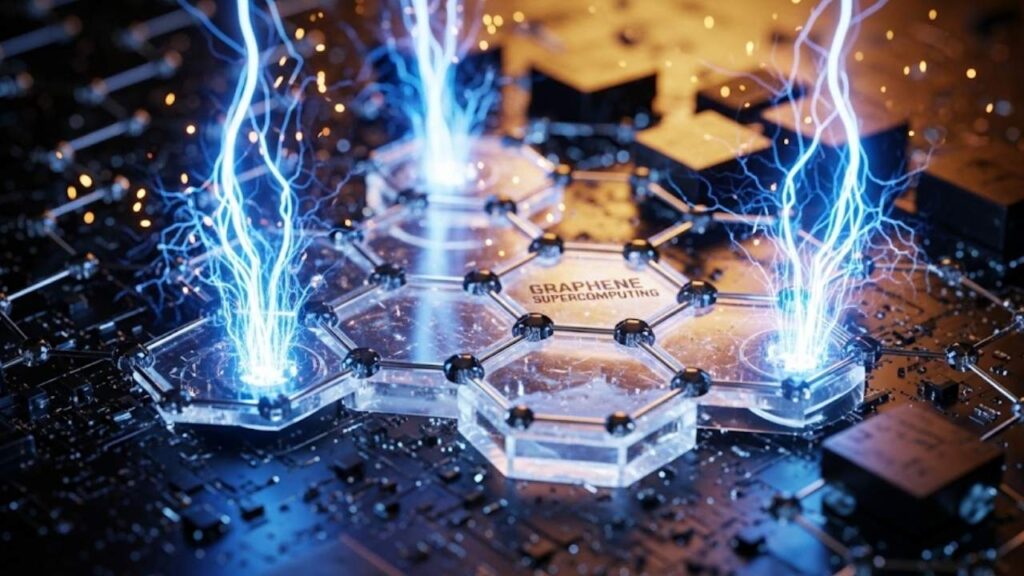For over half a century, Moore’s Law has been the guiding principle behind the rapid evolution of computers. It’s the reason why computers have become faster, smaller, and more powerful every few years. But as we reach the physical and economic limits of silicon technology, the industry is facing a new challenge: how do we keep advancing when the old rules no longer apply? The answer lies in the exciting world of new materials that could redefine what computers can do.

Table of Contents
Why the Future of Computing Needs New Materials Beyond Moore’s Law
| Feature/Section | Key Data & Insights | Career/Professional Impact |
|---|---|---|
| Moore’s Law | Predicted doubling of transistors every 2 years since 1965; slowing after 2020 | Chip designers, hardware engineers, IT strategists |
| Physical Limits | Transistors now just a few atoms wide; quantum effects disrupt reliability | Materials scientists, semiconductor R&D |
| Economic Barriers | Advanced chip factories cost $10B+; R&D costs rising steeply | Tech executives, investors |
| New Materials | Graphene, 2D materials, quantum dots, photonic materials under research | Materials engineers, quantum computing specialists |
| Emerging Technologies | Quantum computing, neuromorphic chips, optical computing, 3D integration | AI/ML engineers, chip architects |
| Hybrid Approaches | Combining silicon with new materials and architectures | System integrators, data center managers |
The future of computing needs new materials beyond Moore’s Law because the old ways of making chips are reaching their limits. By embracing advanced materials—like graphene, quantum materials, and photonic components—we can unlock new levels of speed, efficiency, and intelligence in our devices. Whether you’re a student, a working professional, or a tech enthusiast, now is the time to learn about these changes and prepare for a future where innovation is built from the atomic level up.
Understanding Moore’s Law: The Foundation of Modern Computing
Moore’s Law is named after Gordon Moore, the co-founder of Intel, who observed in 1965 that the number of transistors on a chip would double every two years. This simple prediction became the backbone of the tech industry, driving innovations that led to smartphones, laptops, and the internet as we know it. For decades, engineers found ways to make transistors smaller, cheaper, and more efficient, packing billions onto a chip the size of a fingernail.

But by the early 2020s, this incredible pace began to slow. Transistors became so tiny—just a few atoms wide—that making them any smaller started to cause problems. At these scales, strange quantum effects can cause electrons to “leak” through barriers, making chips less reliable and more power-hungry. Meanwhile, the cost of building new factories and designing advanced chips soared, making the old model unsustainable for most companies.
Why the World Needs New Materials for Future Computing
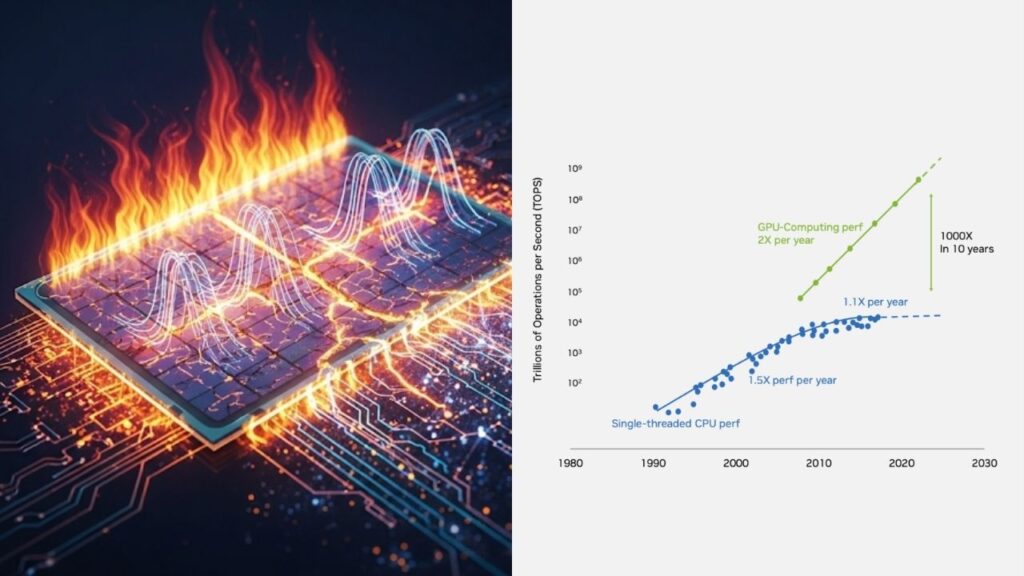
1. Physical Barriers: When Small Is Too Small
- Atomic Scale: Today’s most advanced chips use transistors that are only a few nanometers wide. At this scale, the difference between “on” and “off” becomes fuzzy, and quantum tunneling can cause errors.
- Heat and Power: Packing more transistors into a chip means more heat. Cooling these chips is challenging, especially for powerful data centers and supercomputers.
- Reliability: As transistors shrink, even tiny imperfections in materials can cause big problems, making it harder to produce reliable chips.
2. Economic Barriers: The Cost of Progress
- Skyrocketing Costs: Building a state-of-the-art chip factory now costs over $10 billion. Only a handful of companies worldwide can afford this.
- R&D Pressure: The cost and complexity of research and development have grown, slowing the pace of innovation and making it harder for new players to enter the market.
3. Energy Efficiency: The Next Big Challenge
- Rising Demand: Global data traffic is exploding, and data centers already account for about 1% of the world’s electricity use.
- Sustainability: Without major improvements in energy efficiency, future computing growth could become unsustainable, both environmentally and economically.
4. New Paradigms Require New Materials
- Quantum Computing: Quantum computers need materials that can maintain fragile quantum states, such as superconductors and topological insulators.
- Neuromorphic Computing: To mimic the brain, neuromorphic chips need materials that can act like biological synapses, such as memristors and phase-change materials.
- Photonic Computing: Using light instead of electricity for data processing requires materials that can efficiently guide and manipulate photons.
The New Wave: Advanced Materials Shaping the Future
Graphene and Two-Dimensional (2D) Materials
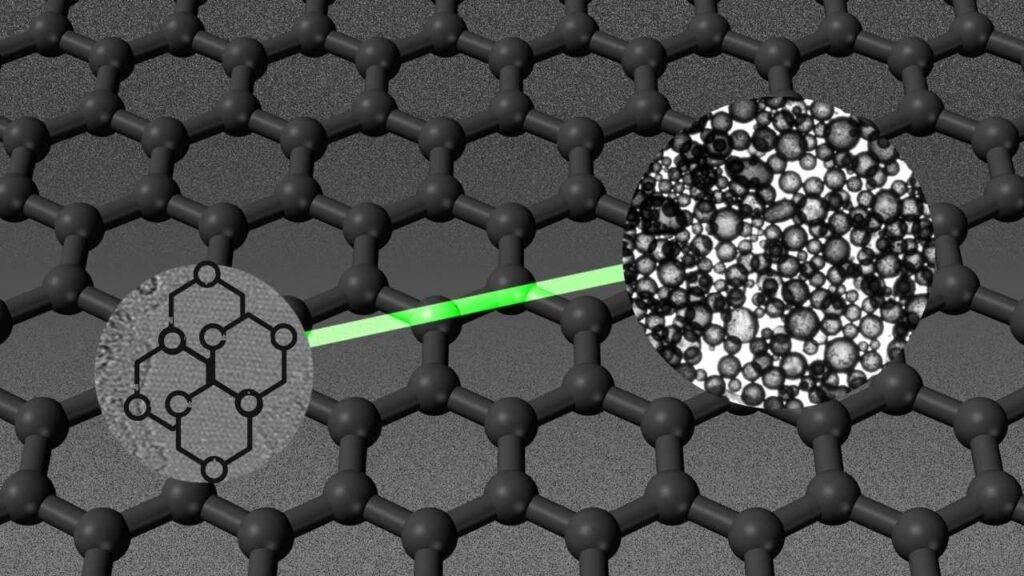
- What Are They? Graphene is a single layer of carbon atoms arranged in a honeycomb pattern. Other 2D materials, like molybdenum disulfide (MoS₂), are just a few atoms thick.
- Why Are They Special? They can conduct electricity faster than silicon, are incredibly strong, and can be stacked to create new properties.
- Real-World Impact: Researchers are already making prototype transistors from graphene that could be thousands of times faster than today’s silicon chips.
Quantum Materials
- Superconductors: These materials can carry electricity with zero resistance, making them ideal for quantum computers and energy-efficient data transmission.

- Topological Insulators: They have unique properties that protect quantum bits (qubits) from outside interference, which is essential for stable quantum computing.
Photonic and Optical Materials
- Silicon Photonics: By integrating light-based components into silicon chips, data can move faster and with less heat than using electricity alone.
- Other Optical Materials: New materials are being developed that can control and process light for all-optical computing, opening the door to ultra-fast data centers and new AI applications.
Neuromorphic and Brain-Inspired Materials
- Memristors: These devices change resistance based on past electrical activity, mimicking how brain synapses strengthen or weaken with learning.
- Phase-Change Materials: They can switch between different physical states to store information, acting like artificial neurons.
How Professionals and Students Can Prepare for the Next Era
Stay Curious About Materials Science
Even if you’re a software developer or IT professional, understanding the basics of hardware and materials can help you anticipate future trends and write more efficient code.
Learn About Hybrid Architectures
The future will likely combine traditional silicon with new materials and chip designs. Being flexible and open to learning about new architectures will be valuable.
Follow Industry Leaders
Major companies like IBM, Intel, and TSMC, as well as startups in quantum and neuromorphic computing, are leading the way. Keep an eye on their research, partnerships, and product launches.
Develop Cross-Disciplinary Skills
Breakthroughs often happen where different fields meet. Combining knowledge of materials science, computer engineering, and artificial intelligence can open up new career opportunities.
Engage with the Community
Attend conferences, join professional groups, and participate in online forums focused on advanced computing and materials science. Collaboration and networking can lead to unexpected insights and partnerships.
Step-by-Step Guide: Navigating the Shift Beyond Moore’s Law
Step 1: Recognize the Limits of Silicon
Understand why traditional scaling is slowing—physics, heat, and cost are all major factors. Realize that even with clever tricks like 3D stacking, silicon alone can’t keep up forever.
Step 2: Explore Emerging Materials
Read about graphene, 2D materials, quantum dots, and photonic materials. Watch for breakthroughs in research labs and early commercial products.
Step 3: Embrace New Computing Models
Quantum computers, neuromorphic chips, and optical processors all need new materials to succeed. Get familiar with the basics of these models—even if they seem futuristic, they’re already in development.
Step 4: Adopt a Hybrid Mindset
The future will blend old and new: silicon, advanced materials, and novel architectures working together. Look for opportunities to integrate new technologies into existing systems, rather than waiting for a total replacement.
Step 5: Keep Learning and Networking
Attend conferences, take online courses, and join professional groups focused on advanced computing and materials science. Collaborate across disciplines—big breakthroughs often come from unexpected partnerships.
AI-Powered Chip Sets New Record in Brain-Like Computing Using Just Light and Silicon
Oxford’s 1-in-6.7 Million Qubit Leap Could Redefine the Future of Quantum Computing
Physicists Build a Tunable Quantum Gate That Could Redefine Future Computing
FAQs About Why the Future of Computing Needs New Materials Beyond Moore’s Law
Q: What exactly is Moore’s Law?
A: Moore’s Law is the prediction that the number of transistors on a chip will double every two years, leading to exponential growth in computing power and reductions in cost.
Q: Why can’t we just keep making silicon chips smaller?
A: At atomic scales, quantum effects and heat make it impossible to reliably control electrons in silicon, and manufacturing becomes prohibitively expensive.
Q: What are some examples of new materials for computing?
A: Graphene, 2D materials like MoS₂, superconductors, topological insulators, and photonic materials are all being explored for future chips.
Q: Will quantum computers replace all regular computers?
A: Not anytime soon. Quantum computers are great for certain problems, but traditional computers will still be best for everyday tasks. A hybrid approach is likely.
Q: How can I get involved in this field?
A: Study materials science, computer engineering, or physics. Stay updated on research, and look for interdisciplinary opportunities in academia or industry.

